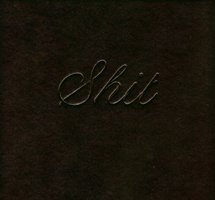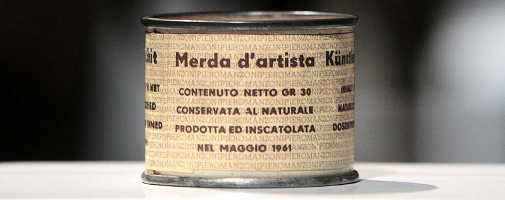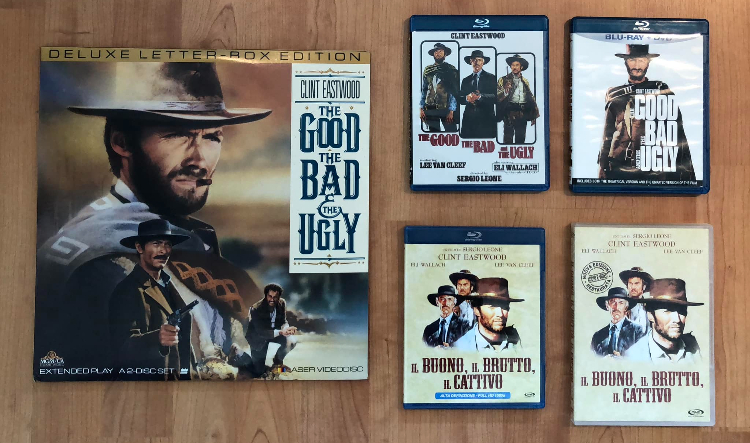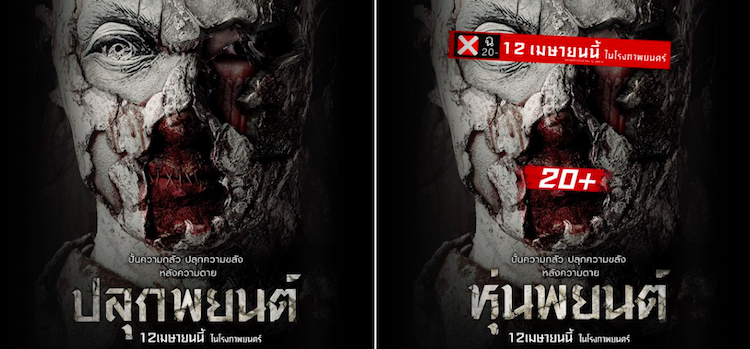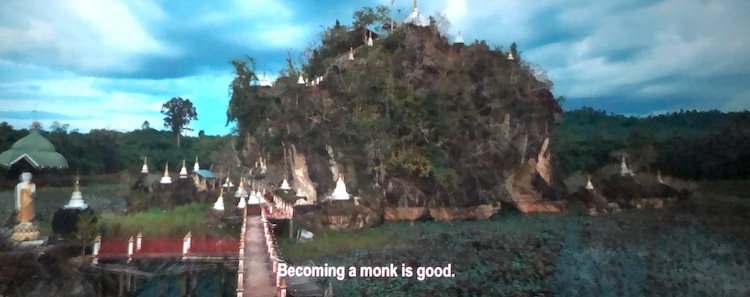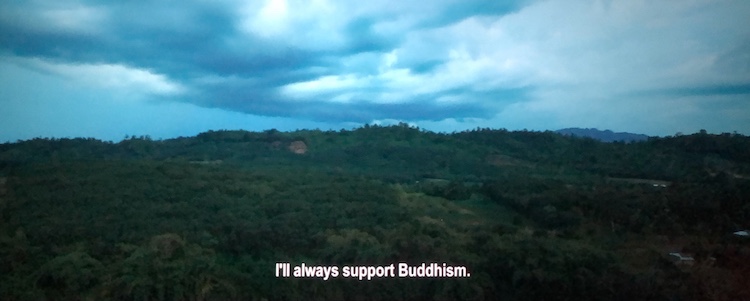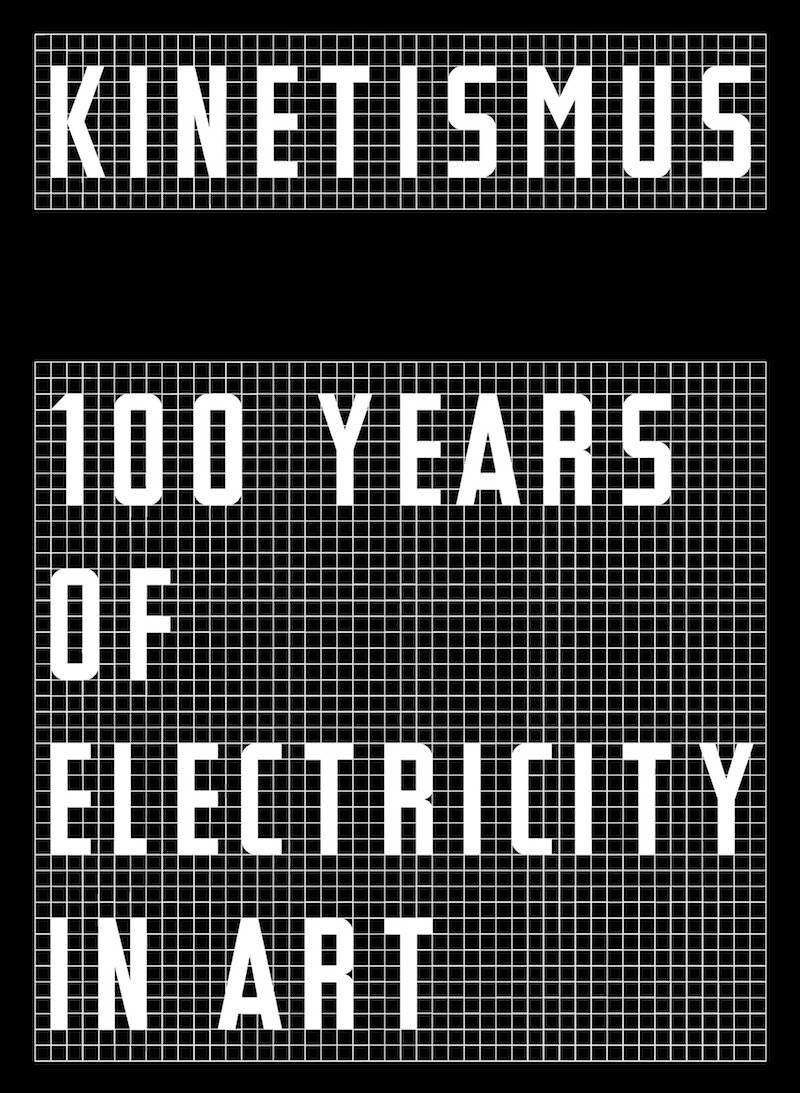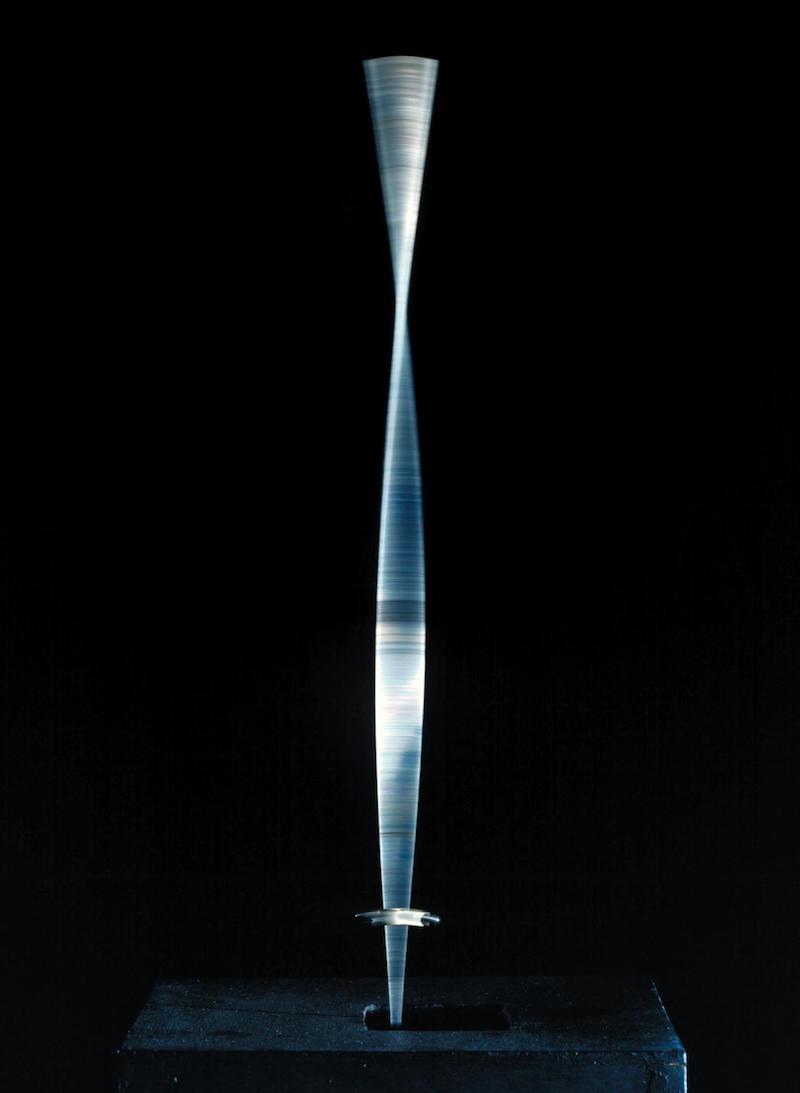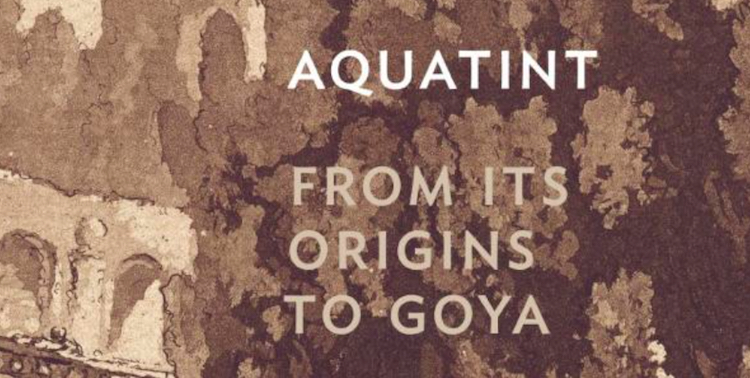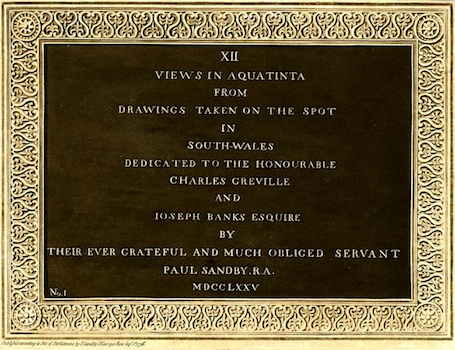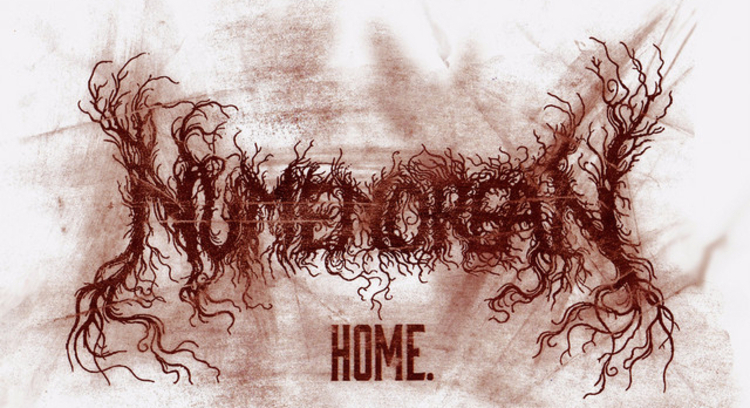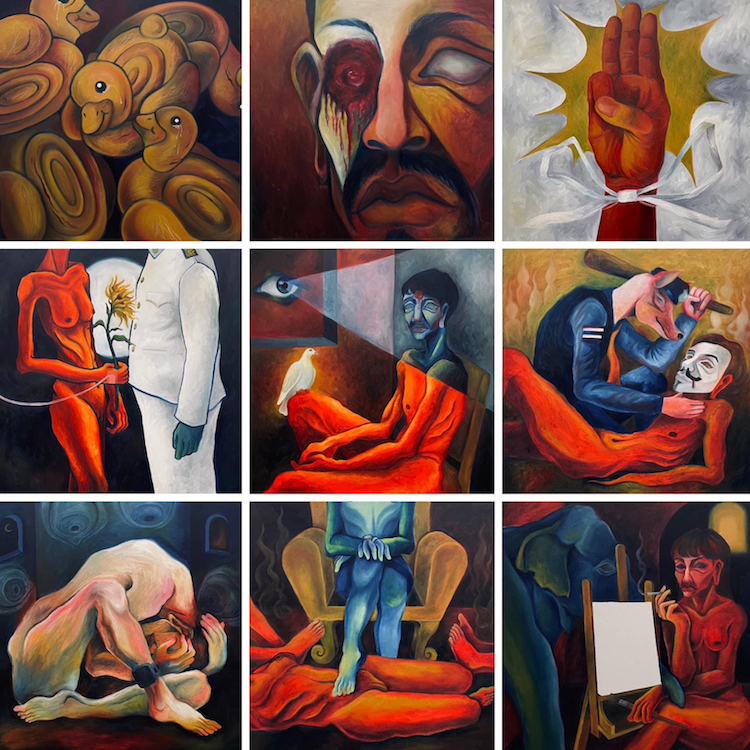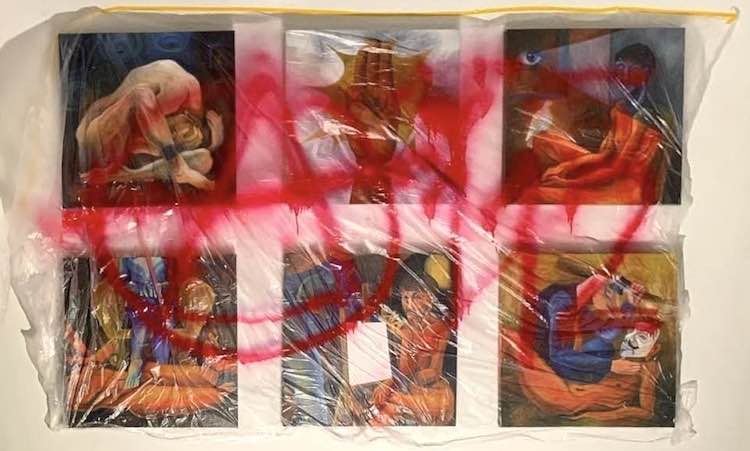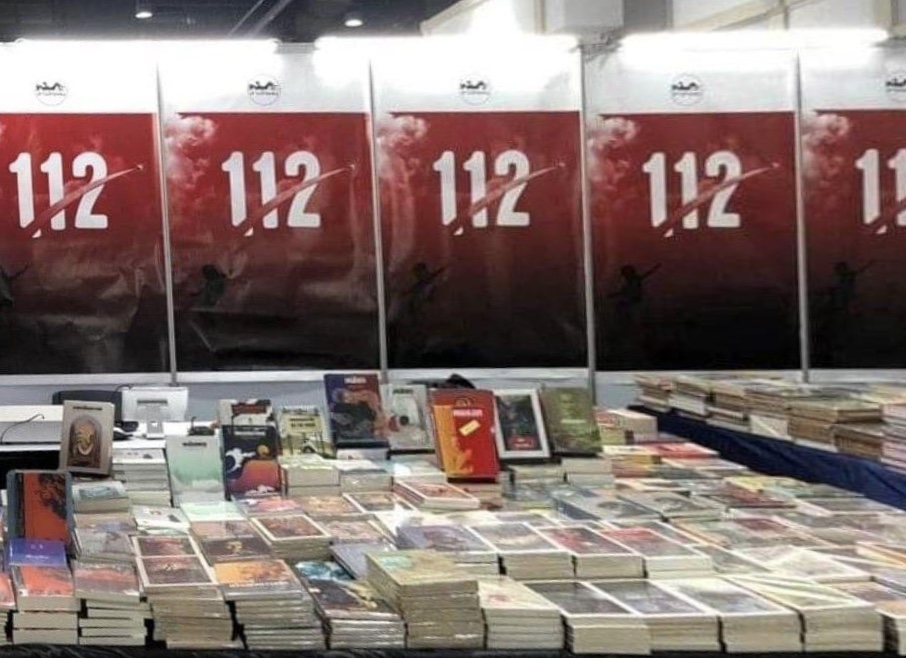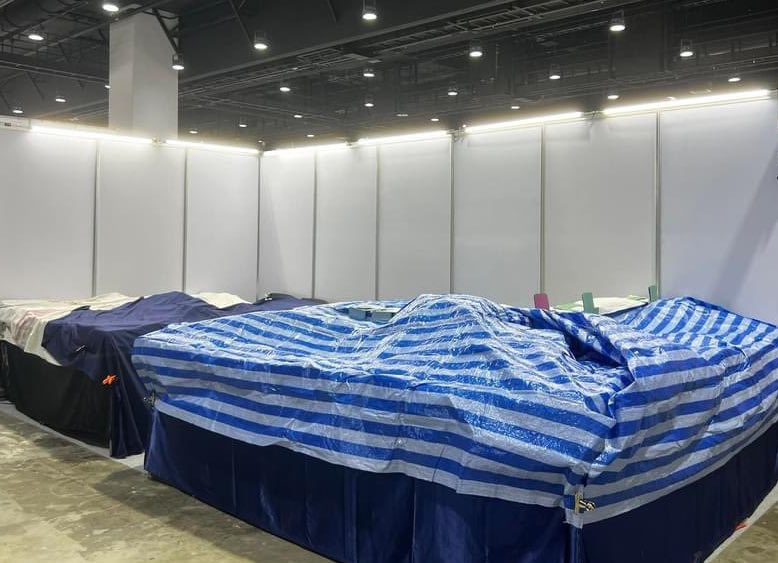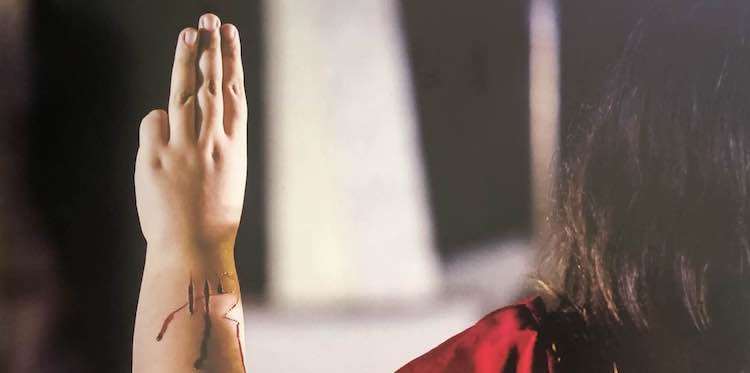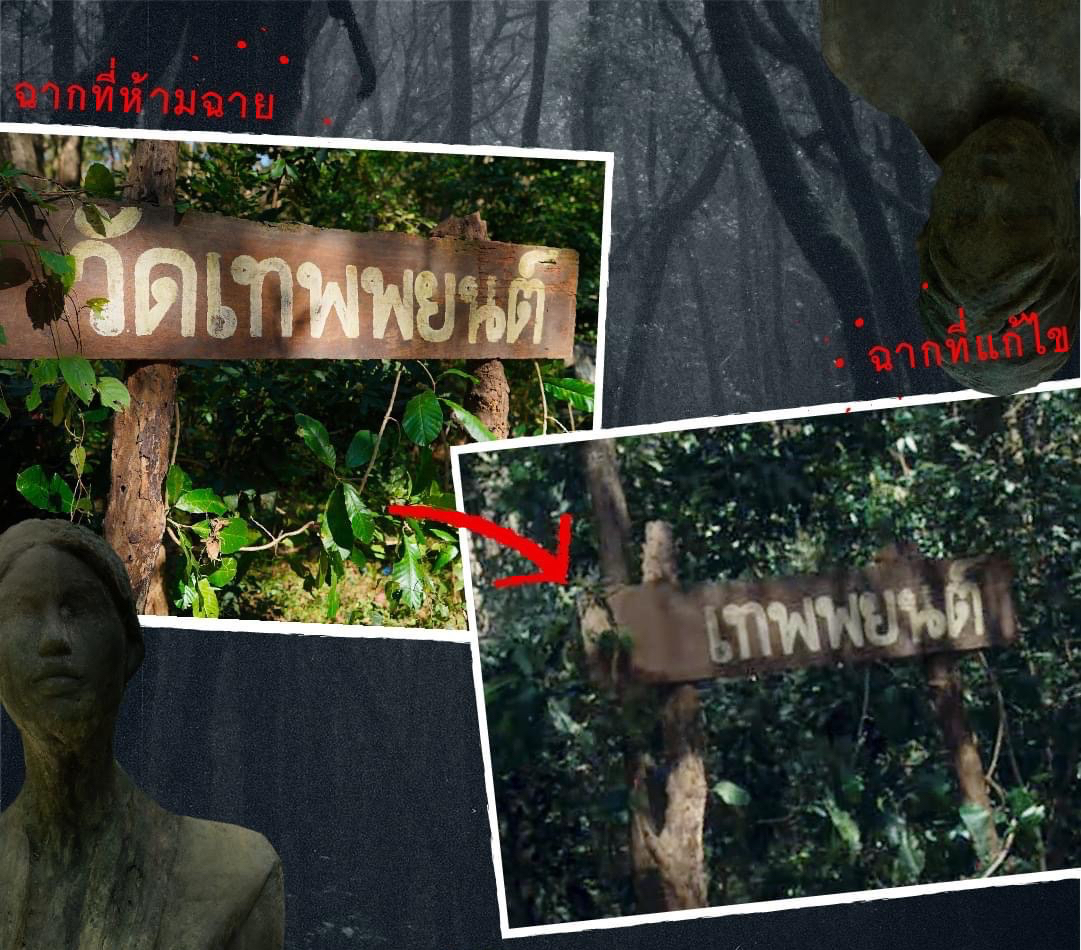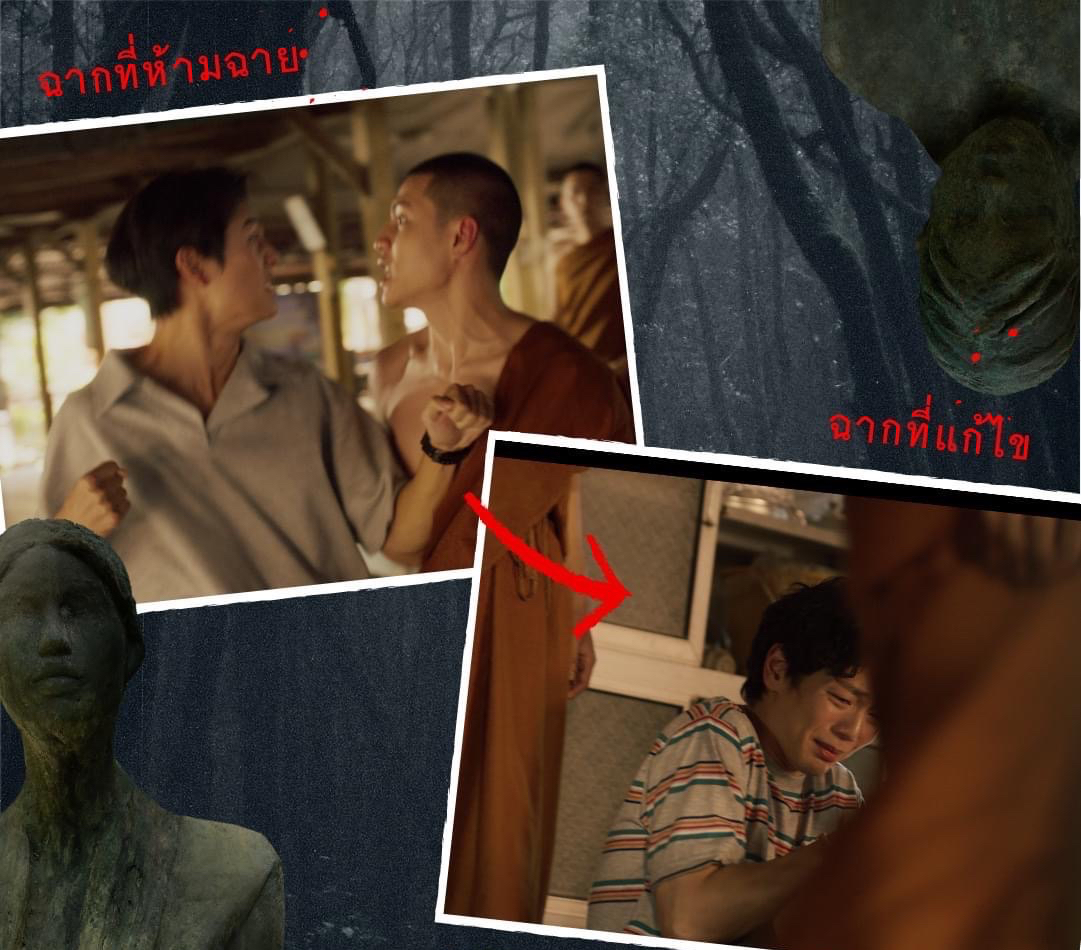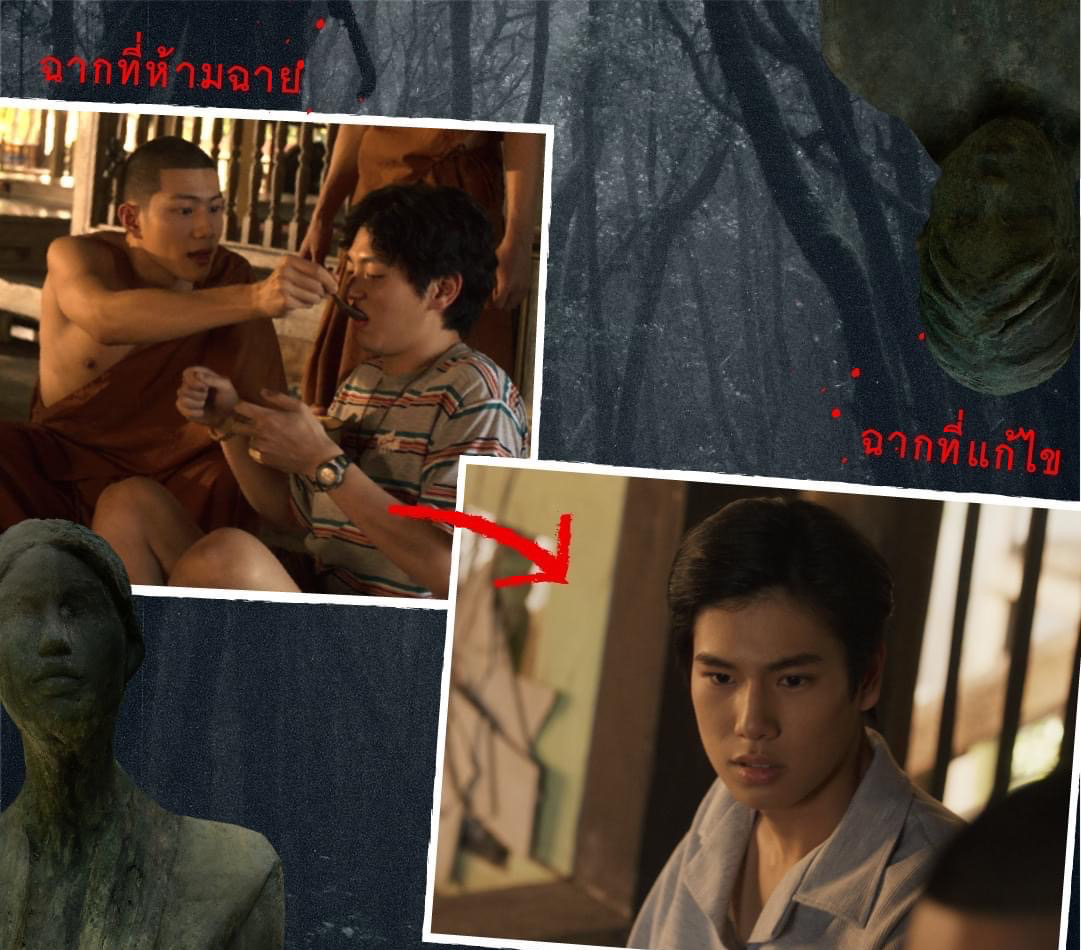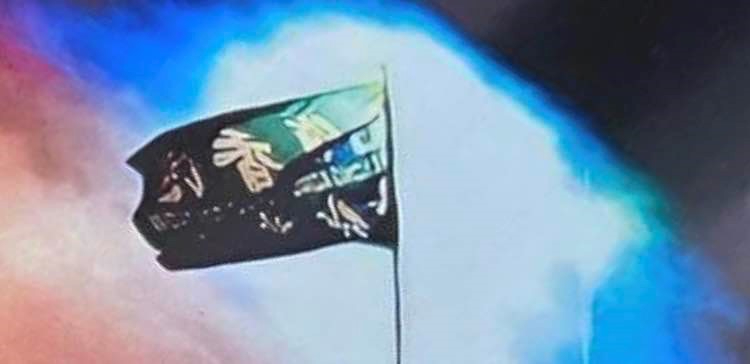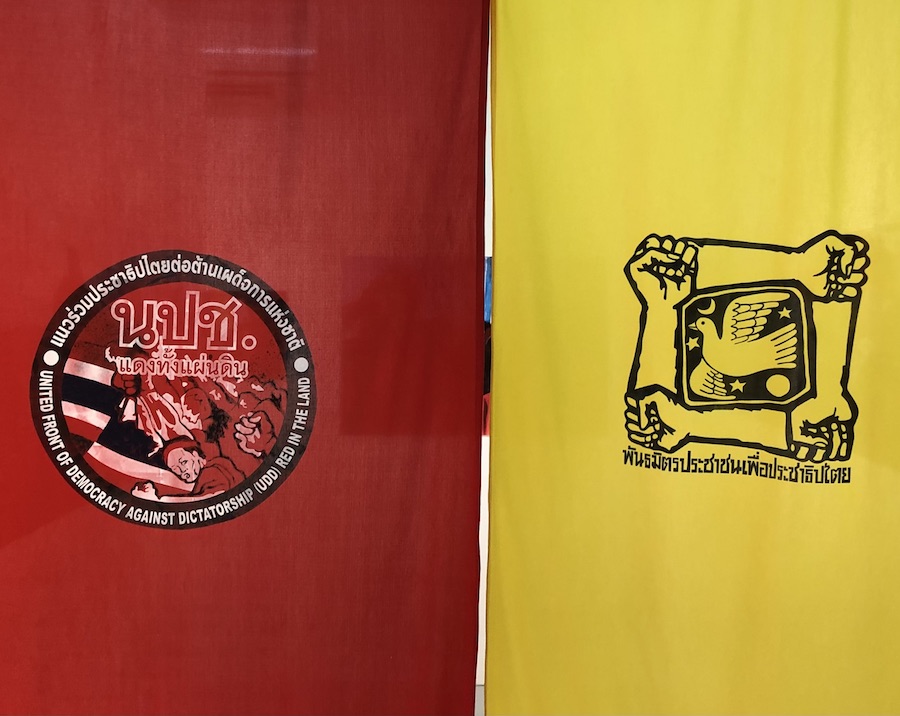

Photojournalist Vinai Dithajohn’s exhibition Red, Yellow and Beyond is on show at two adjacent Bangkok galleries: Red and Yellow at VS Gallery and Beyond at Cartel Artspace. Vinai’s photographs cover more than fifteen years of political polarisation in Thailand, from 2005 to the present day. Red, Yellow and Beyond opened on 22nd April, and runs until 2nd July.
At Red and Yellow, which visitors enter through red and yellow curtains, photos of yellow-shirt and red-shirt rallies are hung on opposite walls of a corridor, so that the two opposing groups face each other. This echoes Vinai’s exhibition last year—ทางราษฎร์กิโลเมตรที่ 0 (‘the people’s road, 0km’)—which featured images of student protesters opposite a photo of a soldier. Beyond is dominated by a portrait of a student protester at twilight, which occupies an entire wall of the gallery. One of the most striking photos shows Panusaya Sithjirawattanakul delivering her taboo-breaking speech calling for reform of the monarchy.
Another photojournalist, Nick Nostitz, also covered the red-shirt and yellow-shirt movements, and the red-shirt protests were documented in two books published by Same Sky and Read Journal. The recent student protests are the subject of a handful of photobooks: No God No King Only Human, End in This Generation, There’s Always Spring (เมื่อถึงเวลาดอกไม้จะบาน), EBB, and #WhatsHappeningInThailand.
At Red and Yellow, which visitors enter through red and yellow curtains, photos of yellow-shirt and red-shirt rallies are hung on opposite walls of a corridor, so that the two opposing groups face each other. This echoes Vinai’s exhibition last year—ทางราษฎร์กิโลเมตรที่ 0 (‘the people’s road, 0km’)—which featured images of student protesters opposite a photo of a soldier. Beyond is dominated by a portrait of a student protester at twilight, which occupies an entire wall of the gallery. One of the most striking photos shows Panusaya Sithjirawattanakul delivering her taboo-breaking speech calling for reform of the monarchy.
Another photojournalist, Nick Nostitz, also covered the red-shirt and yellow-shirt movements, and the red-shirt protests were documented in two books published by Same Sky and Read Journal. The recent student protests are the subject of a handful of photobooks: No God No King Only Human, End in This Generation, There’s Always Spring (เมื่อถึงเวลาดอกไม้จะบาน), EBB, and #WhatsHappeningInThailand.

